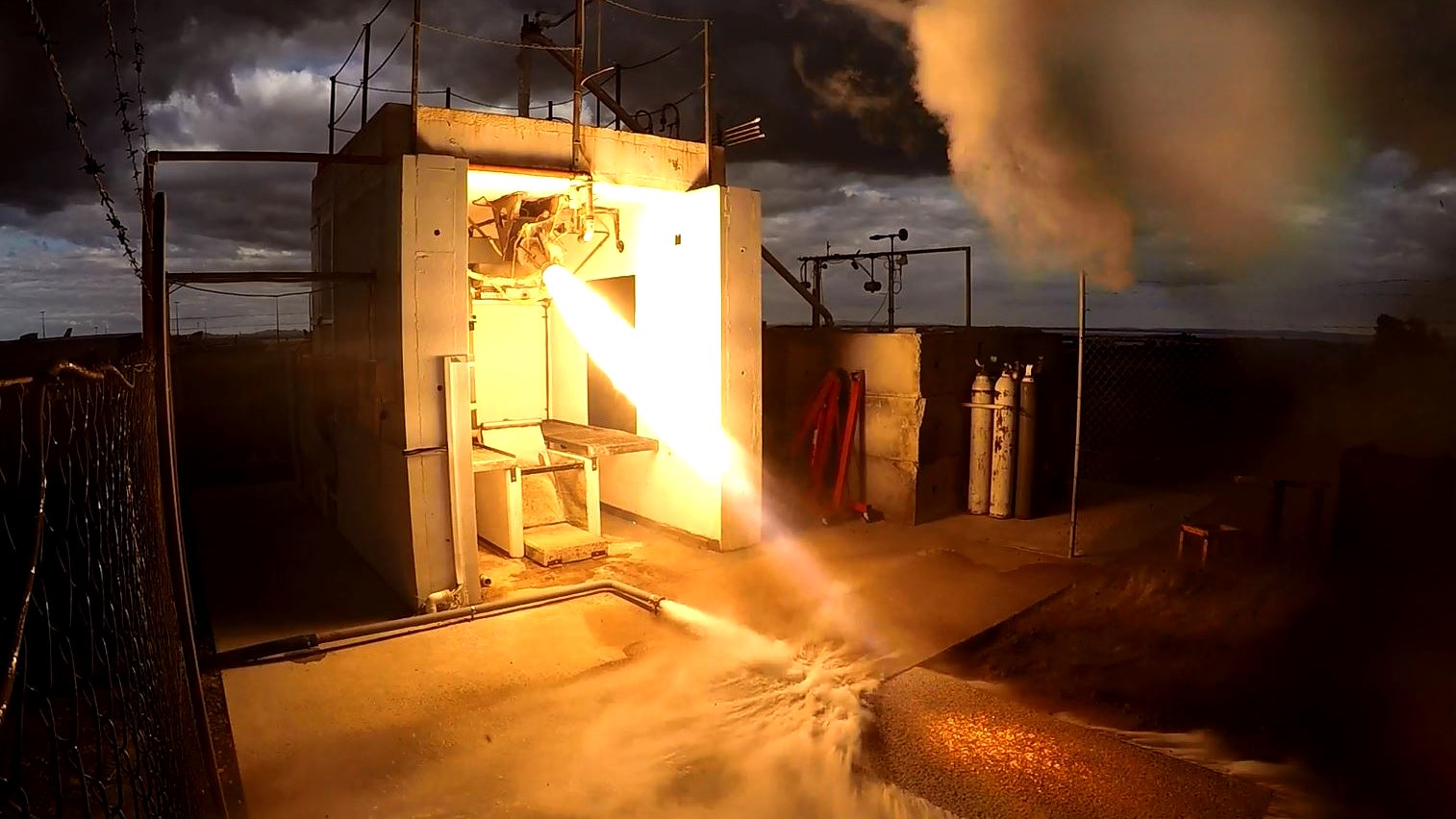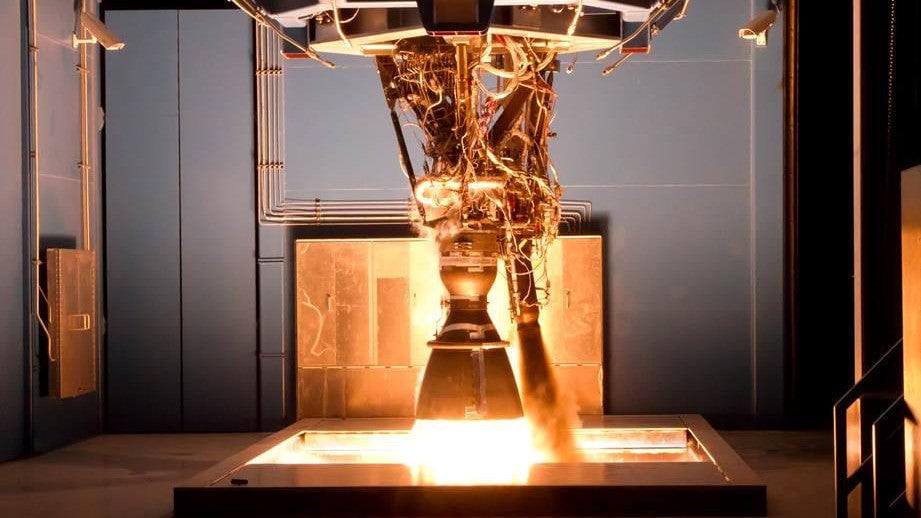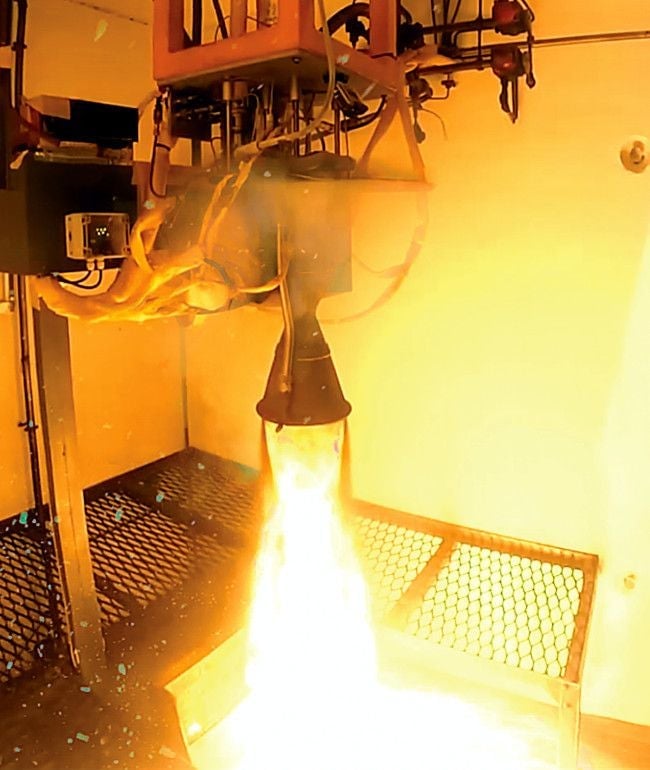The latest disruptive space technology is a battery-powered rocket engine
The next technology that could upend the space business might be batteries.


The next technology that could upend the space business might be batteries.
Rocket Lab, a US and New Zealand-based defense research company, has exploited the increasing power packed by small batteries to develop a new rocket it’s calling the Electron. It says it will cost $4.9 million to launch small payloads of up to 100 kilograms into space. CEO Peter Beck tells Quartz the company has 30 launch commitments so far, and aims to launch monthly from its New Zealand site in 2016 and if demand keeps up, weekly by 2017.
For context, the average satellite currently in orbit around earth weighs 2,097 kg. The Electron will be focused on lifting the new generation of miniature satellites weighing as little as 2 kg that some entrepreneurs say they will use to create the infrastructure for a global internet network.
But the technology behind the company’s Rutherford engine—named for the famous Kiwi physicist—speaks to the promise of making the most complex rocket parts cheaper.
At the heart of a rocket engine is the “turbopump,” a mechanism that delivers fuel into the engine’s combustion chamber at extremely high pressure. That high pressure is necessary to generate the huge force necessary to lift the rocket and its payload into space. The turbopump is under constant stress. Tom Mueller, SpaceX’s vice president of propulsion and the designer of the company’s Merlin rocket engine, described how one version of that engine pressurizes fuel from 50 pounds per square inch (psi) to 1400 psi. In the Merlin engine, the turbopump is powered by a separate gas combustion engine operating at 1400 fahrenheit, Mueller says it is “red hot…but not so hot it would destroy the device.”
Here’s the Merlin engine being tested:

Notice the profusion of tubing and pipes around the top of the engine, and the separate stream of exhaust from the gas-powered turbopump. Now take a look at the Rutherford engine being tested—less tubing, and also no stream of separate exhaust. That’s because its turbopump is an electric motor the size of a soda can:

The motor is entirely 3-D printed, and because it is electric and can be controlled by software, Beck says it can dispense with many of the valves and tubes required by the gas-powered turbine. Instead of using rocket fuel, it uses one megawatt’s worth of ultra-light on-board batteries, roughly equivalent to three of the batteries that power a Tesla Model X.
It’s easy to see how this new turbopump can make a rocket engine more efficient. But there’s a reason that Merlin and the new engine being developed by Jeff Bezo’s Blue Origin will both use fuel to power their turbopumps: Batteries are still too heavy to generate the power to pressurize the largest rocket engines. Engineers measure force in newtons, the amount of energy needed to move one kilogram one meter per second squared—for example, the force generated by world-class sprinter Usain Bolt when he leaves the blocks is estimated at 817 newtons. The Rutherford engine generates 20,461 newtons of thrust; SpaceX’s much larger Merlin generates 716,000 newtons.
And size matters. The advertised cost per kilogram of cargo on the Electron is $49,000, significantly higher than the SpaceX Falcon 9, which can carry 13,000 kg to low-earth orbit and is the current cheapest option at $4,653 per kilogram of cargo.
But the Falcon 9 only launched six times last year, and mostly for clients with large payloads. Smaller deliveries have to fit where space allows. Even if it might be cheaper to launch on the Falcon 9, start-ups, universities and others with small payloads may find it easier to avoid the wait for the big rocket, where every launch costs about $61 million, and choose a ride on the $4.9 million Electron. That’s if the company can make good on its claim to offer a high frequency of launches on demand.